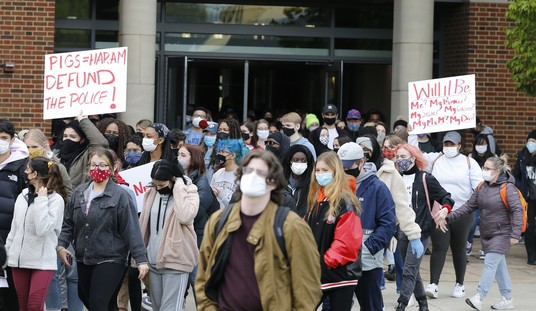Corporate planners will note, as RedState’s Mike Miller covered yesterday, that the incoming Biden Administration is moving to raise the government’s metric for The Social Cost of Carbon to a much higher number. This will have the effect of creating an ersatz “economic justification” for a slate of environmental regulations that form the ‘stations of the cross’ in the Democrats’ Church of Science.
Fiddling with this number has now become a ritual that is performed each time the White House changes hands. The number went up during the Obama Administration, down during the Trump Administration, and now here it is going up again.
What this means to me as a corporate planner is that it is time once again to revisit the way we allocate production among the company’s various factories around the world. The cost of environmental regulation dropped rather precipitously during the Trump Administration, and that meant it became cheaper to produce certain things in the United States than it had been during the Obama years. For a while, it made sense to move some production out of Argentina and Singapore and into the United States.
It looks like the ‘while’ is up. We appear to have entered an era of sinusoidal regulatory costs, in which we can predict with some certainty that various kinds of costs will rise or fall depending on which political party wins a presidential election. This is good to know; certainty is always helpful.
Knowing this, we can plan our production shuffles to minimize costs — and stabilize prices — regardless of which party is in power. Production will move into, or out of, the United States in accordance with the ebb and flow of predicted regulatory expense.
The corporate income tax has long been on a sinusoidal rhythm: up during Democratic Administrations, down during Republican ones. This motion also drives a re-shuffling of production. When Democrats come in and raise the corporate income tax, it makes sense to shift production to Argentina or Singapore, setting the transfer price between the factory and the U.S. Marketing Group high enough that the factory earns most of the profit. The U.S. subsidiary makes very little. Even though it costs more to ship the product from Singapore, the difference in tax rates more than makes up for the additional cost.
It is interesting how many people will vote to send their own job overseas to acquire the psychological satisfaction of “sticking it to the man.” Even when people know that “the man” is their own employer, and ultimately them, they still vote to do this.















